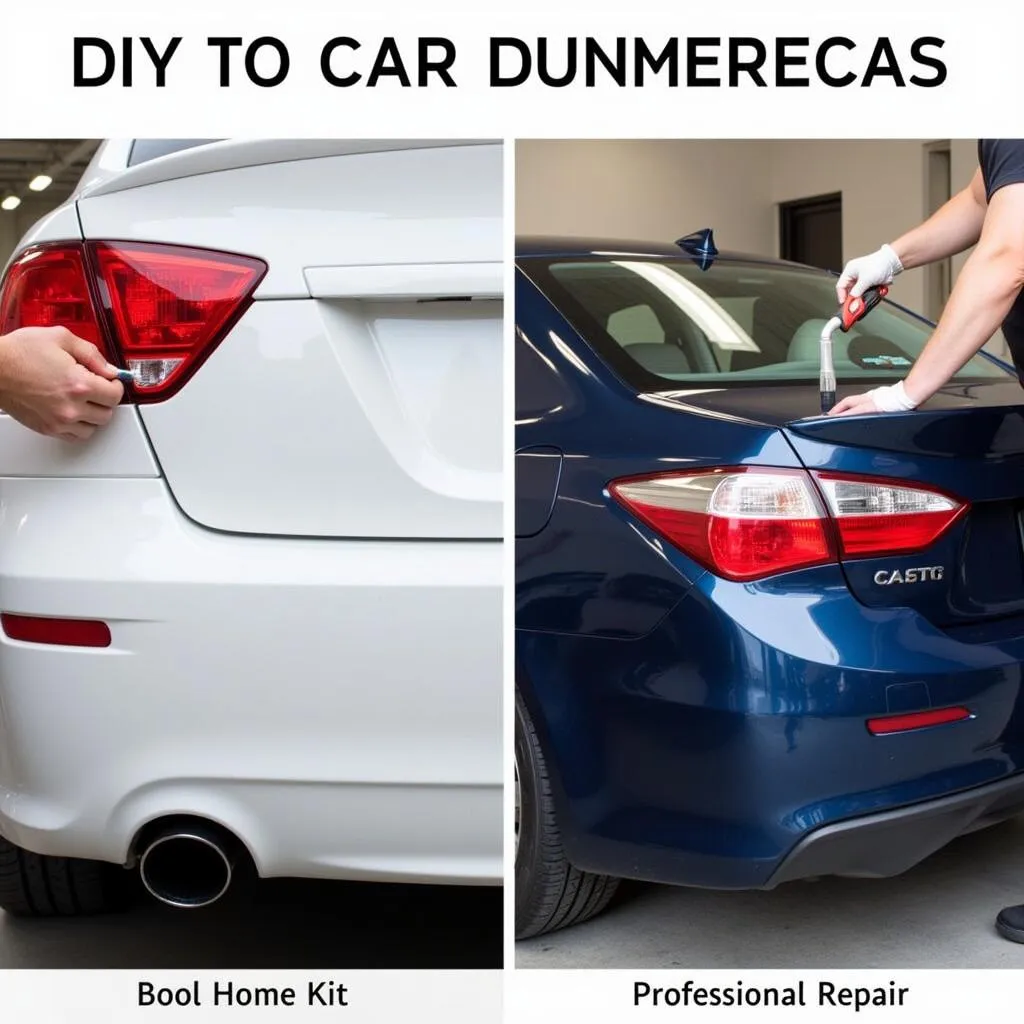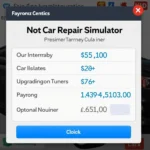A scraped bumper is an unfortunate reality for many car owners. Whether it’s from a tight parking spot, a minor fender bender, or an unexpected encounter with a curb, bumper scrapes are both unsightly and potentially costly to repair. This guide will walk you through everything you need to know about car bumper scrape repair, from assessing the damage to exploring your repair options.
Understanding Bumper Scrape Damage
Before diving into repair options, it’s crucial to understand the extent of the damage. Bumper scrapes can vary greatly in severity:
- Paint Transfer: This is the most minor type of scrape, involving only surface-level paint transfer from another object.
- Clear Coat Scratches: These scrapes penetrate the clear coat, the protective layer over your car’s paint.
- Deep Scratches: Deep scratches cut through the clear coat and into the base coat of paint, potentially exposing the primer or even bare metal underneath.
- Cracks and Dents: In more severe cases, a bumper scrape can cause cracks or dents in the bumper itself, compromising its structural integrity.
DIY vs. Professional Repair: Making the Right Choice
The decision to repair a bumper scrape yourself or hire a professional depends on the severity of the damage and your comfort level with car repair.
DIY Repair: Minor scrapes involving paint transfer or light clear coat scratches can often be addressed with DIY methods. Touch-up paint, rubbing compound, and a bit of elbow grease can work wonders for superficial damage.
Professional Repair: For deeper scratches, cracks, dents, or if you’re unsure about DIY repair, it’s best to consult a professional. They have the expertise, tools, and experience to restore your bumper to its former glory.
Car Bumper Scrape Repair: Professional Options
Professional car bumper scrape repair typically involves the following steps:
- Assessment: A technician will thoroughly assess the damage, identifying the type of plastic used in your bumper and determining the best repair approach.
- Sanding: The damaged area is sanded down to create a smooth surface for repair.
- Filling: Deeper scratches and dents are filled with a specialized plastic filler.
- Priming and Painting: After the filler dries, the repaired area is primed and painted to match your car’s original finish.
- Clear Coat Application: A protective clear coat is applied to seal the repair and restore the bumper’s shine.
Cost of Car Bumper Scrape Repair
The cost of professional car bumper scrape repair can vary widely depending on several factors:
- Severity of Damage: Deeper scratches, cracks, and dents require more extensive repair and thus cost more.
- Bumper Material: Some bumpers are made of more expensive materials that can impact repair costs.
- Location: Labor rates for auto repair can differ based on your geographical location.
- Repair Shop: Different repair shops have varying pricing structures.
It’s always a good idea to obtain multiple quotes from reputable repair shops to ensure you’re getting a fair price.
Preventing Future Bumper Scrapes
While accidents happen, there are steps you can take to minimize the risk of future bumper scrapes:
- Park Strategically: Choose parking spaces away from other vehicles whenever possible to avoid door dings and parking lot mishaps.
- Reverse Park: Reverse parking allows for greater visibility when exiting a parking space, reducing the likelihood of bumping into obstacles.
- Be Mindful of Curbs: Pay close attention to curbs when parking and avoid pulling too far forward.
- Install Bumper Protectors: Consider installing bumper protectors or guards, especially if you frequently park in tight spaces or areas prone to minor collisions.
Conclusion
A scraped bumper is a common car ailment, but it doesn’t have to be a major headache. By understanding the repair options available and taking preventative measures, you can keep your car looking its best and protect your investment for years to come. Remember, if you’re ever in doubt, consulting a qualified car repair professional is always a wise decision.


